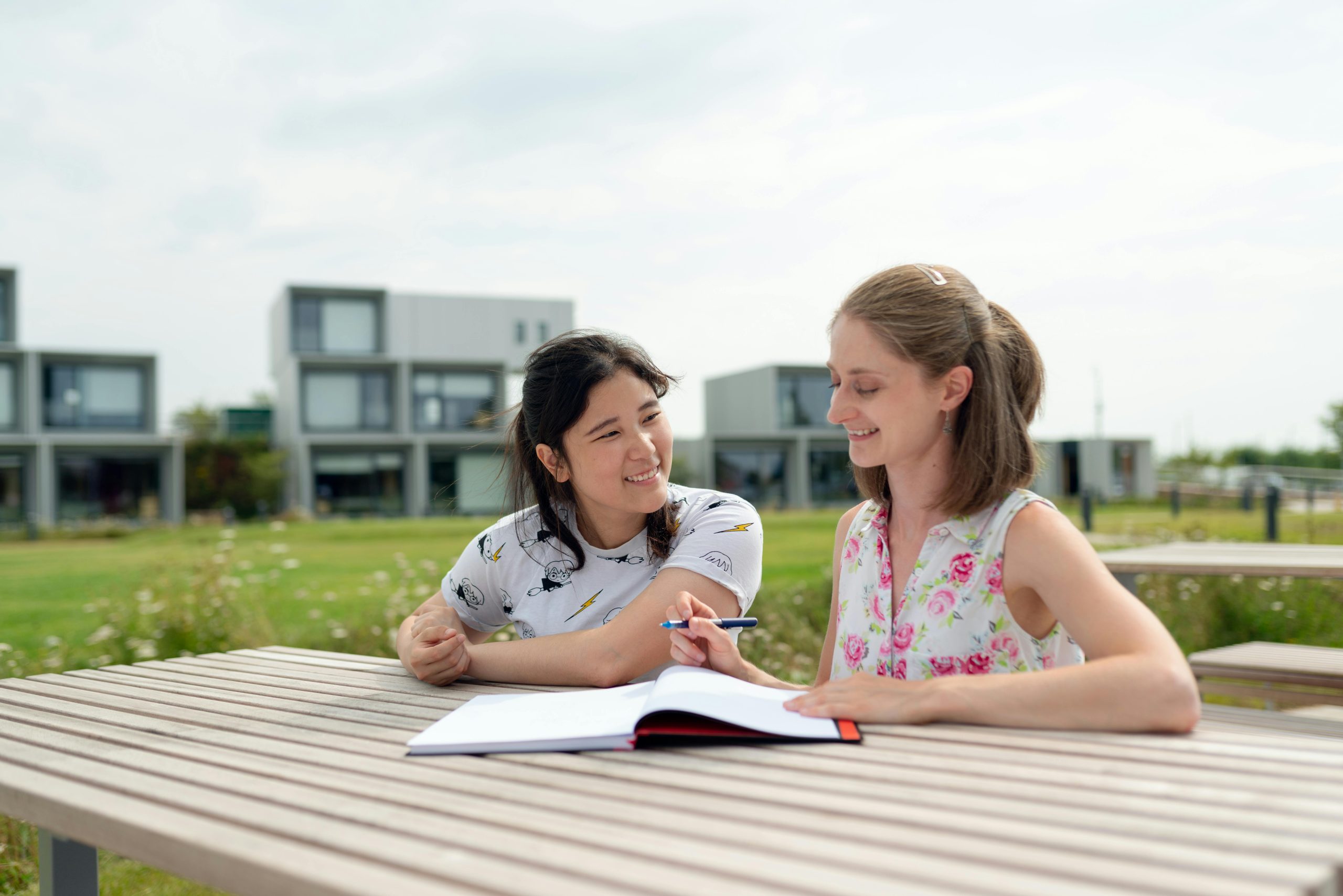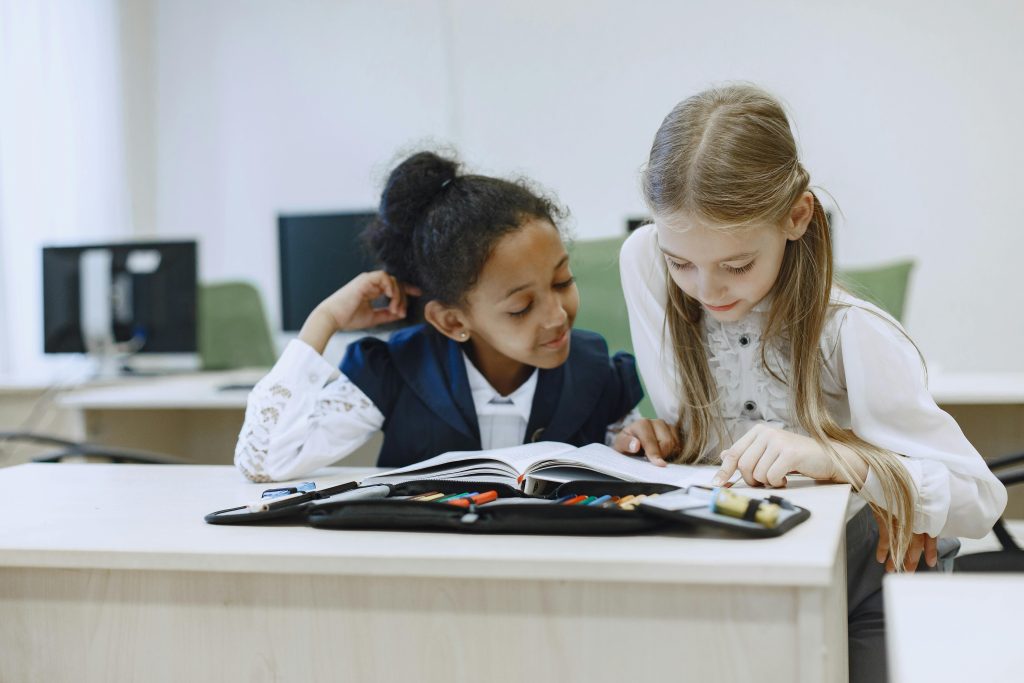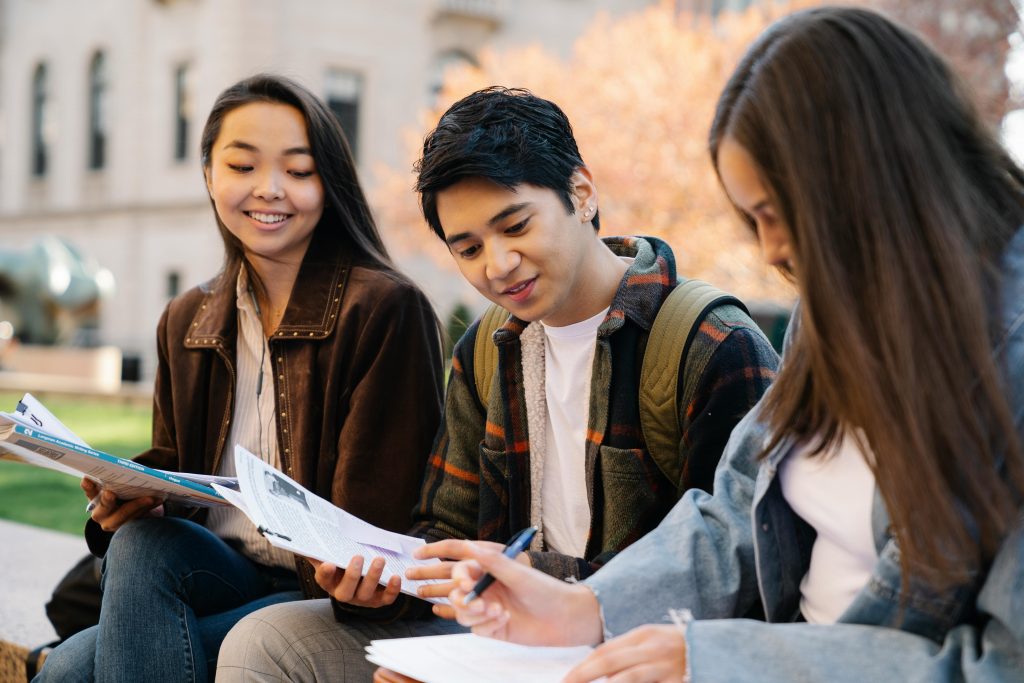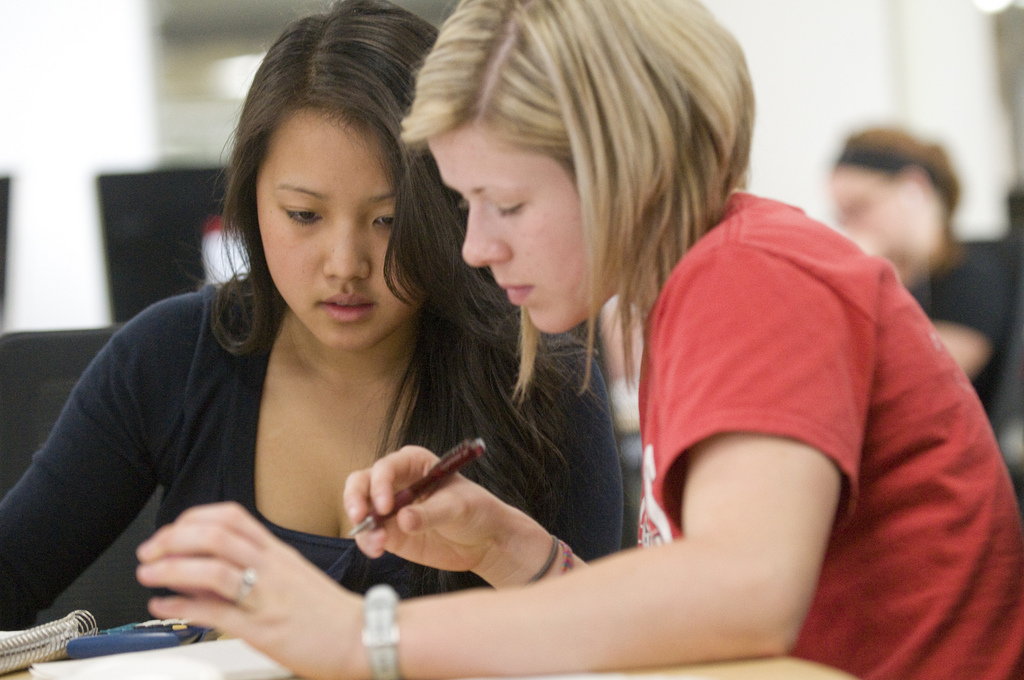How Peer-to-Peer Tutoring is Transforming the Modern Classroom

Education is changing fast in many schools today. Peer-to-peer tutoring happens when students teach other students, rather than just learning from teachers. This kind of learning is growing in regular classrooms and also on online platforms.
Working together keeps classes lively, builds teamwork, and also lifts grades. Many schools now use it because the results are easy to see. It feels like passing a ball across a court—quick, direct, and fun. And it also brings everyone into the game.
What is Peer-to-Peer Tutoring?

Normally, teachers do most of the talking in a typical classroom. But peer-to-peer tutoring is different, as it can change that plan. One student who understands the lesson can teach another student who needs help. The idea basically comes from team learning. People have used this type of tutoring for a very long time. But you should know that it is not the same as group work. In peer tutoring, every session has clear roles and goals rather than just loose teamwork.
Key Benefits
Academic Benefits
Learning from a classmate often makes ideas click. When tutors explain ideas, they look deeper into the topic and become more confident in their understanding. That helps both people. Gains show up in marks, too. A study with grade nine students in the Philippines found that almost thirty-nine percent who had peer tutoring reached mastery in math. Students without peer tutoring mostly stayed at low mastery.
Social & Emotional Benefits
Students grow people skills through this work. Tutors learn to share ideas in simple words, and tutees feel at ease asking questions to a peer. Both can build confidence and also make new friends. The room starts to feel safe and warm. These benefits can also reach past school and help later in daily life.
Strategies for Implementation

Group Formation
Teachers should also pair students with care. Sometimes a mix of strengths can work best. A strong reader can help someone who struggles with reading but shines in math. Pairing students from different backgrounds and skill levels also makes sessions more interesting and fairly balanced. And that makes learning more interesting for everyone.
Structure & Goals
Each session needs a very clear aim. Today, we will practice multiplying fractions, which is more effective than just studying math. Good tutors set small tasks. Examples include solving five-word sums together or talking through a set reading. Short time blocks keep focus tight and energy high.
Teaching Techniques
Several methods work well. In Paragraph Shrinking, students take turns summarizing each part to build reading skills. Paired Reading builds a steady flow as partners read aloud together. With Rally Coach, one student solves a problem step by step as the other gives small hints. Model Building uses hands-on pieces to turn abstract concepts into tangible models. And yes, you can mix these based on the lesson.
Technology Integration
Online tools can also make tutoring possible even when people are apart. Students can meet on video, write on a shared whiteboard, and send quick notes. These tools open the door to learning at any time and from any place. Simple guides and clear rules can also help keep screens from getting in the way.
Role of Teachers in Peer Tutoring

Teachers guide the whole process. They choose tutors who are patient and good at clear talk. They give quick training on helpful methods and share prompts and simple steps. During sessions, they walk the room, listen, and nudge pairs back on track when needed. If a match struggles, they switch partners or model a short example and let the pair try again.
Overcoming Challenges
Some students can feel shy at first. Others may speak too much and forget to listen. Teachers can assign roles that rotate, like speaker, coach, reader, and checker. Another problem comes when a tutor shares an error. Regular check-ins with the teacher fix that fast. Time can also slip away, so use a simple timer and wrap with a short recap.
Measuring Success
Teachers should watch growth in many ways. Tutors can write quick notes after each session on what went well and what to change. Tutees can share a short thought on what they learned and what still feels hard. Teachers can track quiz marks and reading levels to see steady gains. The aim is steady progress and not a rush to hit a date.
Conclusion
Peer-to-peer tutoring changes rooms by putting students in charge of part of their learning. When students teach other students, they own the work in a new way. This approach shines best beside regular teaching. With these simple moves, you can build rooms where learning runs deep and key life skills grow at the same time. It is good for grades. It is good for confidence. And it makes school feel more human for everyone today.

